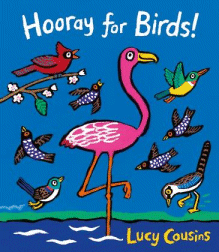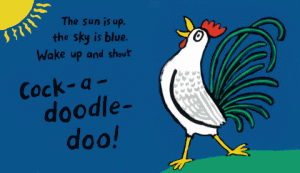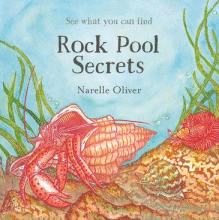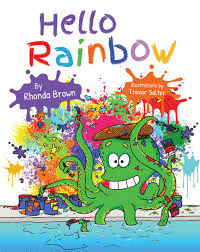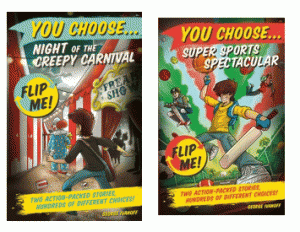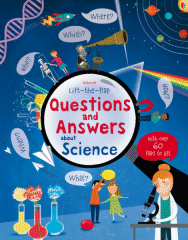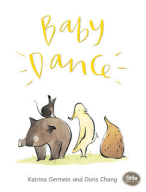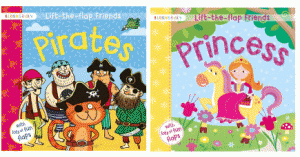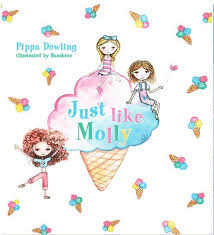Hooray for Birds
Lucy Cousins
Candlewick Press, 2017
40pp., hbk., RRP $a24.99
9780763692650
Can you imagine…just for one day…you’re a busy bird? Yes, a bird! Hooray!
Ask a little child what birds can do and they are bound to tell you that they fly. But in this exuberant book by Lucy Cousins we learn about all the other things they can do – and that the child can do too. They can start the day by shouting cock-a-doodle-doo, hop, peck, swim and stretch, stand very tall on just one leg waddle like a penguin and run like an ostrich, puff out their chest and then bid the day farewell with a tuwit tuwoo.
As well as responding to the vibrant colours and bold illustrations on solid colour backgrounds, young readers will delight in doing the things that birds do, flapping their wings, exercising their lungs and generally just having a lot of fun as they are introduced to a flock of different birds, some familiar, some not-so. It soon becomes clear that birds come in all shapes and sizes and colours and can do all sorts of things and make all sorts of noises. Even though there are not the familiar magpies, kookaburras and emus that might be found in a book of Australian origin, nevertheless roosters, swans, peacocks and flamingos are very recognisable and will help the child learn about the diversity of our feathered friends.. Combined with a simple rhyming pattern the distinctive pictures will help the child become a role-play reader as they engage with the book on their own.
Full of fun and energy, this will ensure a menagerie in the house for sure!
